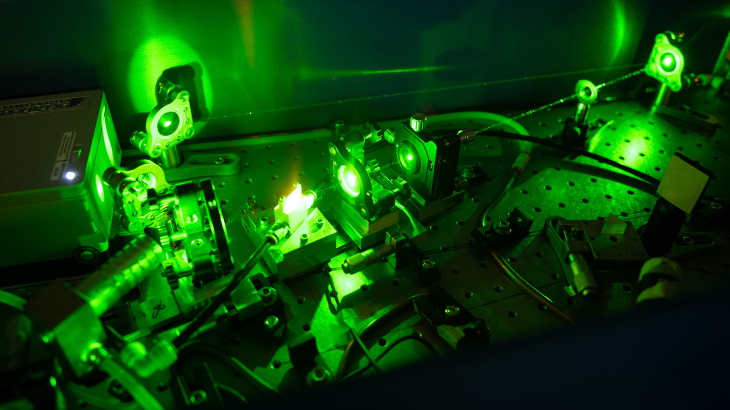
Targeted for completion in 2026, the project would feature at least three laser systems, each with a multi-petawatt peak power and an ultra-fast repetition rate of ten flashes per second. The initially selected site for the new laser facility is near CSU's existing Advanced Beam Laboratory, built in 2013, on the CSU Foothills Campus.
"Such a combination of lasers will make the facility unique in the world, and it would be designed to accommodate expansion and additional lasers in the future," Marvel said. When completed, the state-of-the-art facility will serve as a platform to advance the company's laser-driven fusion approach.
The partnership - pending finalisation of the financial details by the CSU System Board of Governors - would establish Fort Collins as a nexus for laser fusion research and deliver significant positive impacts to Colorado, it added.
"This public-private partnership sets the global standard for laser-based fusion research, propelling the development of a safe, clean, and reliable energy source. It is an incredible step forward for Marvel Fusion and a testament to our success and vision," said Marvel CEO Moritz von der Linden. "Working with the world-class team at CSU over the past two years has been invaluably productive. We are immensely grateful for the trust and support of CSU, the State of Colorado, and the US Department of Energy's (DOE's) ongoing support through the LaserNetUS programme."
"CSU is at the cutting edge of laser research, and this new partnership will cement the university as an international leader in an area of laser science that has the potential to deliver profound benefits to our planet for generations," said CSU President Amy Parsons. "The project also would drive meaningful, long-term economic and reputational benefits to Fort Collins and the state."
CSU is a member of LaserNetUS, a programme funded by the DOE's Office of Fusion Energy Sciences. LaserNetUS works to ensure North America has a strong network of capable laser research facilities and provides access for research groups including US National Laboratories, universities and private industry. The DOE recently announced USD12.5 million in additional funding to CSU for laser upgrade prototyping and increased LaserNetUS support.
Munich-based Marvel is also planning the construction of a prototype as the next step toward a commercial fusion power plant. The prototype will house hundreds of laser systems capable of achieving fusion ignition and proving the technology at scale.
The company noted that ongoing scientific and technological initiatives in Europe, including experiments at Ludwig-Maximilian-University Munich's CALA laser and the ELI-NP laser in Romania, will continue to play a vital role in its research and development efforts.
In Marvel's approach, to initiate the fusion process, an ultrashort laser pulse interacts with small fuel pellets in a target structure with high intensity. The rapid deposition of laser energy triggers the fusion of the fuel's nuclei before the target structure can disassemble. To achieve sufficient scale for commercial operation, fuel pellets need to be irradiated and ignited several times per second.
An injector pushes a new pellet into the target chamber, where it is hit by the incoming laser pulse and releases energy during the fusion process. Supplementary systems convert the released energy into electricity. By adjusting the rate of pellet injections and corresponding laser pulses per second, Marvel's fusion power plant can adjust the overall energy output to market demand.